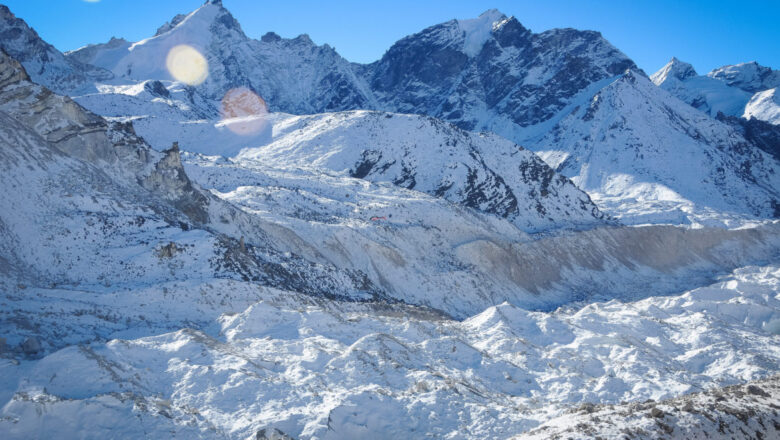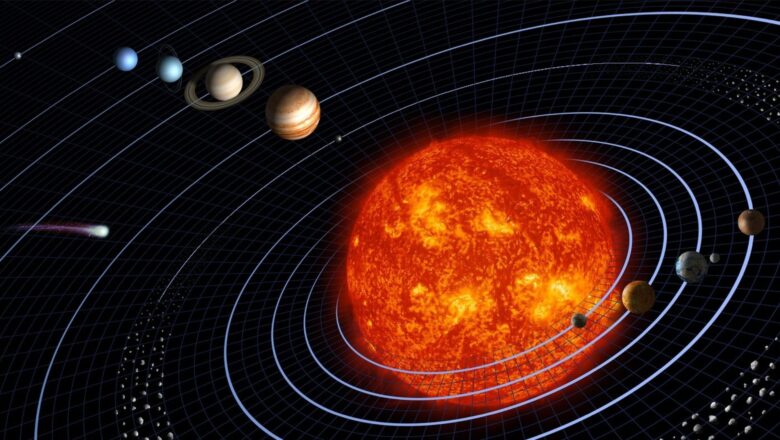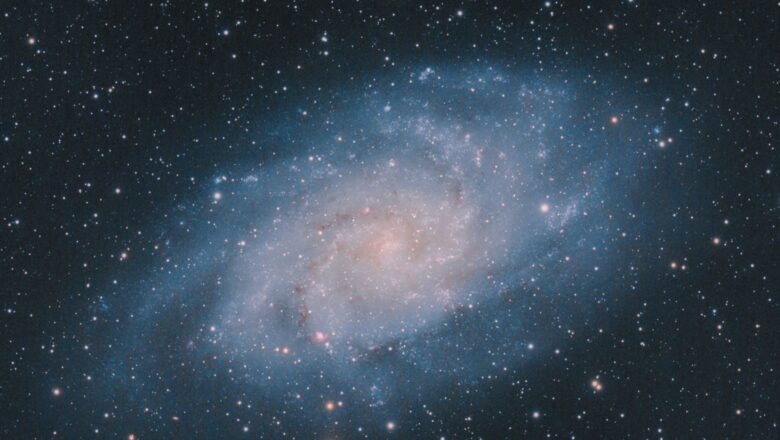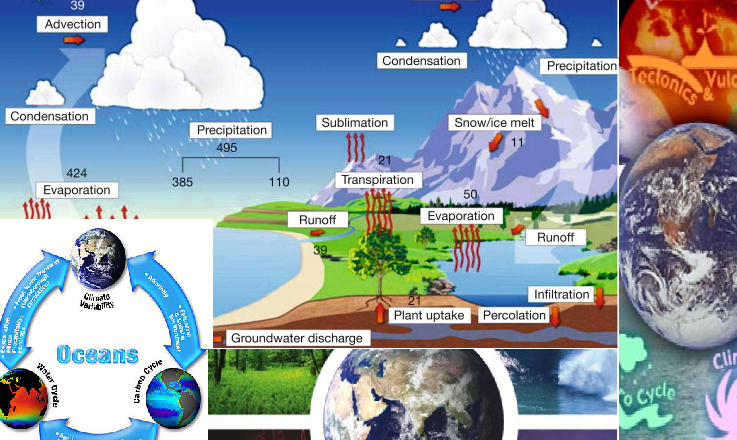
Beneath the Himalayas Mysteries of the Indian Plate’s Hidden Dynamics
For millions of years, the Himalayas have stood as a testament to the Earth’s geological power, their towering peaks born from the relentless collision of tectonic plates. But while these majestic mountains capture the imagination, the story beneath their surface is even more compelling. Scientists are now uncovering clues that shed light on the hidden movements of the Indian Plate, revealing processes that challenge long-held beliefs about how continents behave during collisions.
The Indian Plate and the Eurasian Plate have been in a slow-motion clash for over 60 million years, a collision that not only gave rise to the Himalayas but also set into motion a series of enigmatic processes deep within the Earth. Unlike dense oceanic plates, which readily subduct into the mantle, continenta...





